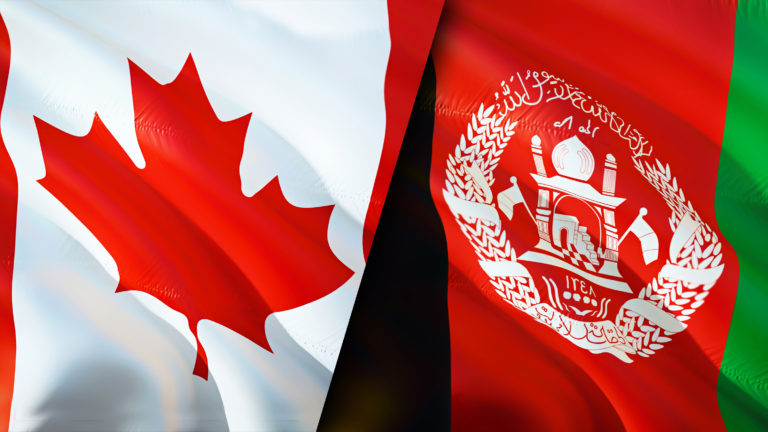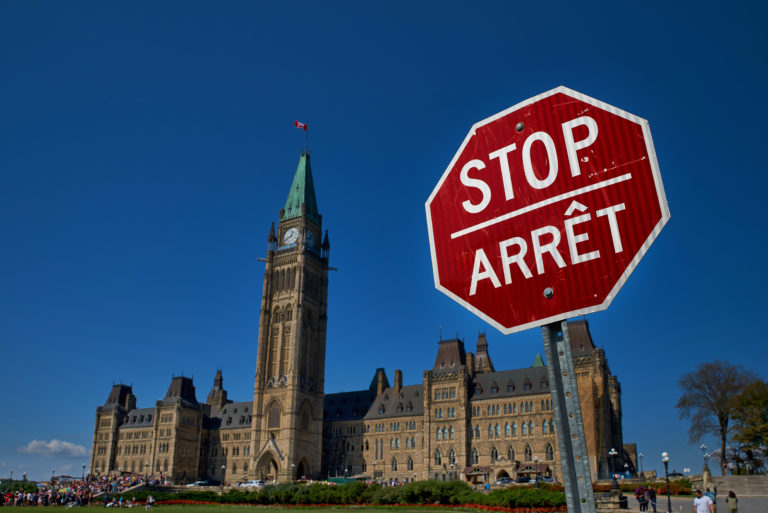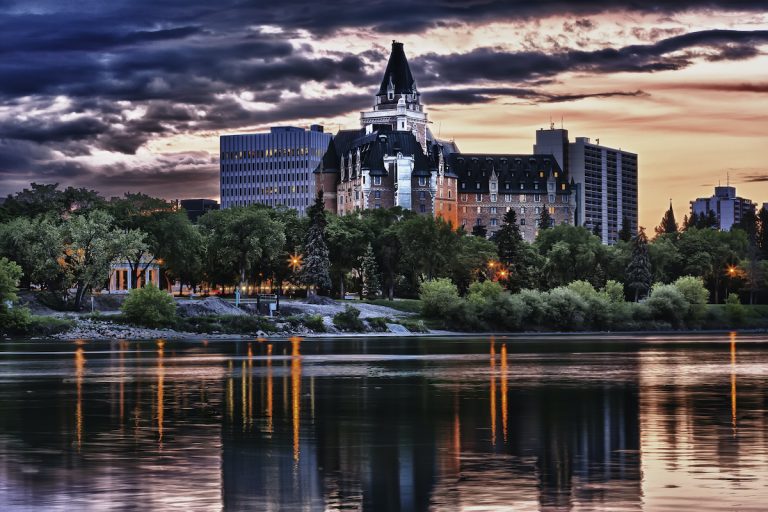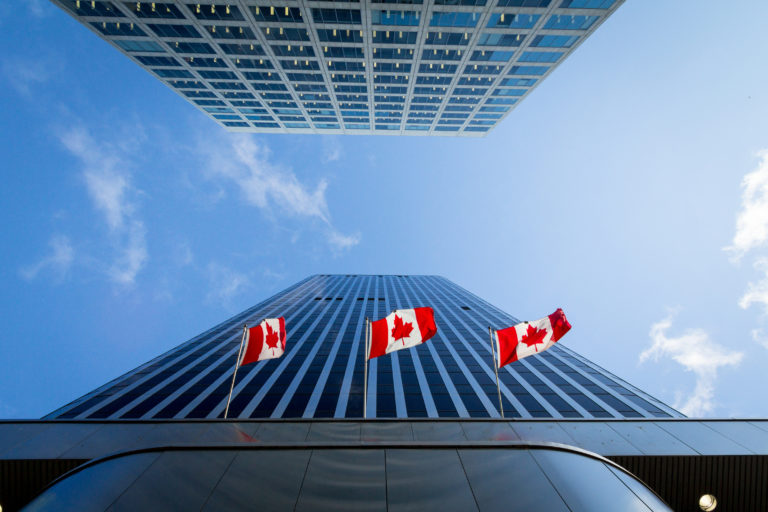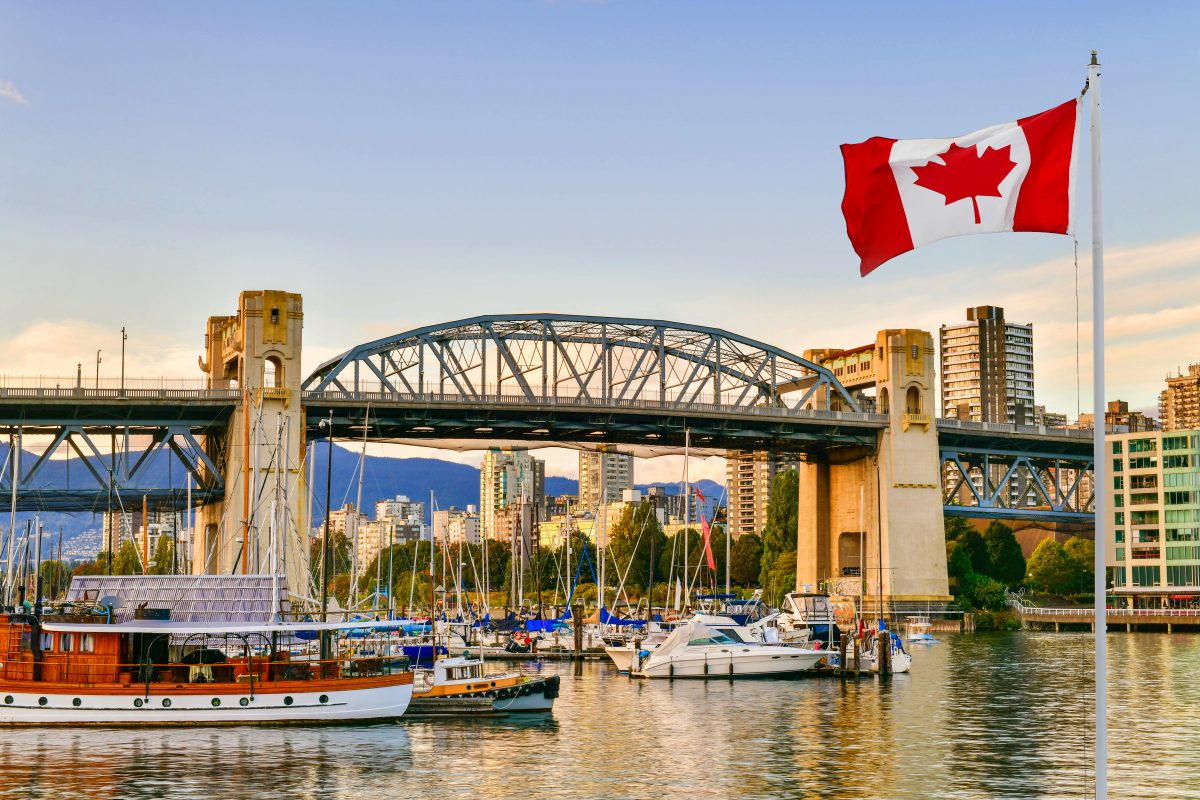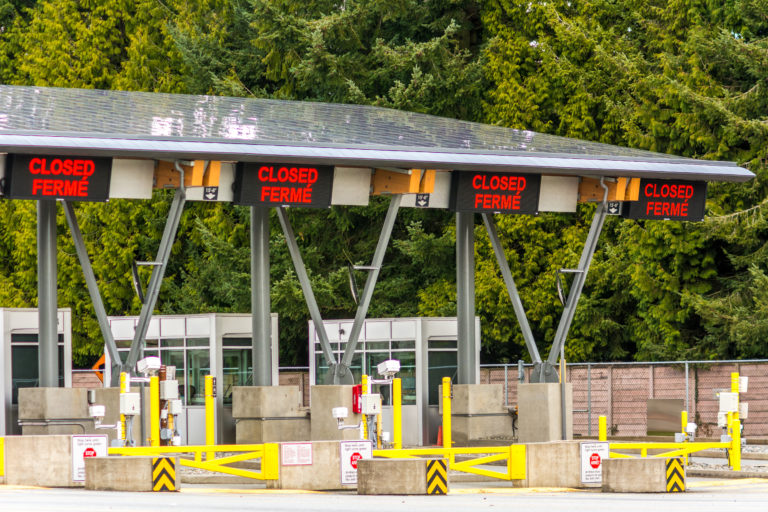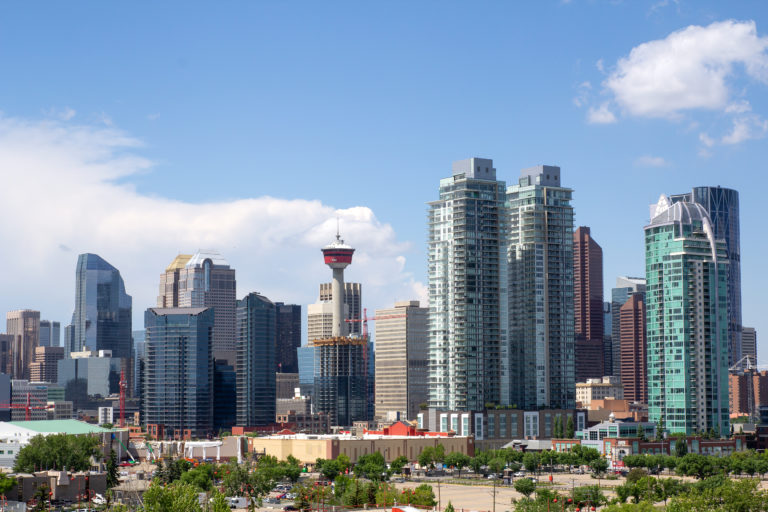Canada has offered refugee status to Afghani interpreters who worked with the Canadian Armed Forces and also cooks, drivers, cleaners, construction workers, security guards and other staff who worked at the Canada Embassy in Afghanistan and their family members.
“Canada has a responsibility to protect the brave people in Afghanistan who have helped us carry out our mission over 20 years to advance human rights, education, health and security in their country,” says Foreign Affairs Minister Marc Garneau.
“As violence spreads, ensuring the safety and security of all of our personnel, whether Canadian or Afghan, past or present, and the people who are helping us on the ground, is our top priority.”
Read More
Canada To Welcome More Refugees Under 3 New Initiatives
Quebec Now Accepting Applications Under Collective Sponsorship Program For Refugees Abroad
Persecuted Yazidi Refugees and ISIS Victims Subject Of New Canada Immigration Policy
Canada has been out of the region for seven years. But the United States only pulled out its troops from Bagram Airfield, the centre of its military operations in the country, earlier this month.
Since then, thousands of Afghans have been trying desperately to leave the country.
“Wow. Thousands of Afghans (are) lining up at foreign embassies for visas to leave country, as (the) U.S. withdraws and (the) Taliban advances,” tweeted senior correspondent Joyce Karam earlier this month. “Over 1,000 troops fled to Tajikistan already. The unraveling of #Afghanistan (has been) quicker than expected.”
Afghans Who Worked For Canada Face Taliban Threats
Fearing for their lives at the hands of the Taliban, dozens of interpreters and aides to the Canadian mission in Afghanistan called on Canada to accept them into the country as refugees.
Canada listened – and now it has agreed to take in these Afghans as refugees.
“So many Afghan citizens put themselves at risk to assist Canada, both during and after our military mission in Afghanistan,” says Immigration Minister Marco Mendicino.
“Now, they face even greater threats from the Taliban, and we are doing everything possible to bring them to safety. Lives hang in the balance, which is why we’re taking timely and decisive action to support the Afghans who supported Canada, and offer them a future in this country.
“Canada will do right by those who did so much for us.”
Global Affairs Canada (GAC) and the Department of National Defence (DND) are already identifying and helping those eligible for resettlement to Canada. Operational teams from Immigration, Refugees and Citizenship Canada (IRCC), GAC and DND are on the ground in Afghanistan to support those efforts.
Canada’s immigration officials say they will immediately begin processing individuals referred to them by GAC and DND under a special immigration policy that will offer a path to protection in Canada for those at risk due to their work for Canada during the war.
“I know first-hand about the important work of those who helped the Canadian Armed Forces while Canada was in Afghanistan,” says Defence Minister Harjit Sajjan.
“We owe it to those who served alongside our members in uniform to make sure that they and their families are safe. That is why the Canadian Armed Forces and the Department of National Defence have been working with Immigration, Refugees and Citizenship Canada from the beginning.
“We will continue that work until the Afghans who were integral to our work in Afghanistan are safe here in Canada.”
Human Rights Watch Calls For Expedited Refugee Processing
In a report released last month, Human Rights Watch noted those countries who relied on help from Afghans should speed up their visa processing and relocation efforts.
On Twitter, American student Charlotte Evergarden agreed.
“The United States and other NATO member nations have a moral obligation, not only to evacuate anyone that aided them, but to take in as many refugees as they can from Afghanistan and other regions,” Evergarden tweeted.
Even before the U.S. withdrawal, the desperation among many Afghan asylum seekers was palpable. The British Broadcasting Corporation reported in April of one young man, still only in his twenties, who ended his life after waiting almost eight years to be resettled by the UN Refugee Agency (UNHCR).
“He was a very bright person,” his friend, Mujtaba Qalandari, is reported as saying. “He’d always wished to settle abroad one day to support his mother, who is in Afghanistan. He always said, ‘I want to make a future for myself – have a wife and children’.”
In the roughly six months ending on May 29 this year , Canada accepted 4,345 applications for permanent residence from pending and unsuccessful refugee claimants who worked in Canada’s health care sector and provided direct care to patients in Canada during the pandemic.
In 2018, Canada committed to resettling 10,000 refugees from Africa and the Middle East over the next two years and delivered on that promise despite the pandemic travel restrictions and other challenges.
Last year, the country welcomed 9,200 refugees.
On June 18, Ottawa announced it was going to do more with changes to the Economic Mobility Pathways Pilot (EMPP), the Private Sponsorship of Refugees Program, and an increase in the number of protected persons allowed to come to Canada.
Canada Ups Refugee Quota Under Private Sponsorship Program
Canadian immigration officials have already promised to settle 500 refugees and their families through the EMPP and improve the program by:
- expediting the processing of permanent residence applications for EMPP applicants in several streams, so they can start working and contributing faster;
- making it easier for refugees under EMPP to get settlement funds;
- waiving fees for permanent residence applications;
- making the application process more flexible, and;
- providing pre-departure medical services to assist with immigration medical exam.
The Canadian immigration department is also going ahead with measures to improve existing pre- and post-arrival support services for private sponsors of refugees and ensure those refugees can take full advantage of the assistance offered to them.
“As a result of this process, up to $3 million over two years will be invested in supporting nine organizations,” states the IRCC.
